A variant exists of deficient or useless «combat availability» of a military force. And it happens when exists the «entrusted«, the «satisfaction» of the commands in the real state of alert of that one. Without assuming or to appreciate the failures in it.
The Development.
We know that the high limit of a characteristic or property is very difficult or impossible to reach. Some of them are the «total destruction» of the enemy and the absolute «public security» in a population or in a society. If you monitor the great public sites, airports, parks, they would attack a church or a mosque…There are always plenty of potential objectives and not enough security forces… But what is exigible and necessary is that the commands optimize the use of the received military resources, which always are insufficient, in the tasks at their charge. With it they will have made all the humanly possible for fulfilling them. Since the optimization of those is equivalent to his «good employment » and to everything what this involve.
The variant of the deficient «combative availability» that we treat, arises in the defense. And it has several possible origins and reasons. This way, we have the deficient organization and deployment of the security zone. That will allow in major or less measured its secret, patient and multiple penetration by enemy groups. That will not have to possess necessarily sappers’ training. Also the dominant positions near the more or less permanent and important position of the forces, must be garrisoned by advanced detachments of, at least, a squad.
The approximation routes to the forces, from certain distance, must be registered by the mortars, the artillery and/or the aircrafts of support. In some sections ambushes can be established and, in others, obstacles and barriers covered by the own fires. Other sectors can be provided with cameras and sensors. The thermal and acoustic airborne sensors can track and detect small enemy units in the different phases of their approximation march to the combat. The intelligence should facilitate trustworthy reports, with sufficient information and updated with the enemy intentions and plans in our zone and their development.
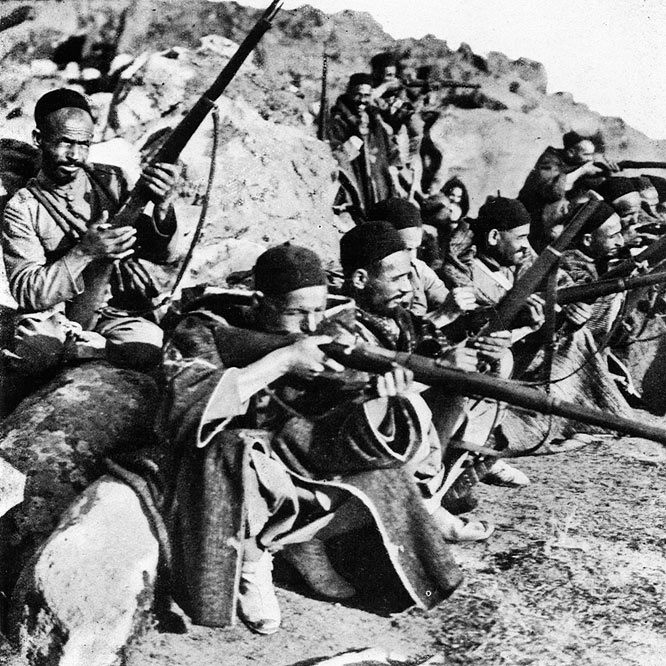 THEY ALSO COULD BE IRREGULARS.
THEY ALSO COULD BE IRREGULARS.
In the irregular war, the enemy is in the habit of reconnoitre, at least initially and also in fluid conditions of fight, by observation. It is important to locate and eliminate these «reconnaissance positions», which will never be fixed, but alternative and ephemeral. The own patient observation is the way. And bearing in mind that, if the exigency is intense, every 30 minutes must be substituted the observer, Because he looks, but already he does not see. If additional means exist for it and as complement, it is necessary to use the patrolling against the armed or not native marauders, in the way of reconnaissances and attacks with limited aims.
Let’s remember that the correct security must prevent that our forces could be beaten by the fire of the enemy infantry weapons. Also, detecting the enemy, tactical surprises from him are avoided to those. And that the presence and/or the action of our forces in this zone, including the advanced detachments, have as a specific task, to win the sufficient time, in order that the forces that have advanced and deployed them, could reach the right «combat readiness» to reject the enemy. And for all this, the security is a irrenounceable part of our total “combat readiness”.
But, also the most experienced veteran or professional units can be «surprised» by the appearance in force of the unexpected enemy, in an assault against them. And it happens when they are entrusted or satisfy with a deficient security. That is another face, less evident and defined as such, of her not or insufficient own “combat availability«.
An Example from the Western Front in the Second World War.
On June 10 of 1,944, soon after the midnight, 2 º battalion of 29 ª division of infantry of U.S.A. was prepared to pass the night. The men had traveled approximately 25 Kms. during the last 20 hours. The executive official of the battalion, commander Maurice Clift, chose a zone formed by two meadows surrounded by hedgerows, in order that the troops were happening the night in the open. The men entered them and were left to fall down against the terraces of the hedges. So tired they were that nobody bothered to come untied the rucksacks and the personal equipment. The majority of they remained slept at once. Some few paid attention to the noise of a few engines coming closer, but they thought they were American vehicles.
They were actually German tanks and trucks belonging to 352 ª infantry division. Not known by none of two rivals, the Germans had been withdrawing and following the same route that the American battalion followed in its advance. When they stopped, the German explorers detected the North American movements in the meadows of encamped. The Germans advanced secretly and surrounded the meadows.
Suddenly, the Germans threw flares. Under the sinister light, almost as brilliant as the midday light, its assault cannons opened fire on the hedges against the Americans. Along one of the hedges, a platoon got up and was cut down by the German machine guns. Many Americans, scared and disoriented, were running across, looking for the meadows exit; the German infantries were knocking down them with its repetition fire. The shells of the German mortars were exploiting for all the zone of the meadows. The Americans were responding with a vague, jerky rifles fire, directed to the opposite hedges. Which could reach both the Germans and their own men in their strolling.
 WASTER SOLDIERS.
WASTER SOLDIERS.
«It was terrible”, a survivor was indicating general Cota. «We had crawled more than 90 ms. out of the field, when we listened from behind, a shouting of our men. I thought that the Germans were launching a bayonet charge against them».
The commander of 2º battalion, lieutenant colonel William Warfield (ironically, camp of war), had his command post in a farm close to the highway. Warfield tried to establish a defense, but it was in vain. The officials who threw out the house towards the field, were brought down rapidly. A German shouted in English towards the command group: «Give up, give up!». «Of giving up, certainly not!», roared Warfield. He tried to lead a small group towards the meadows where his men were, but turned out to be dead immediately.
The battle extended about 20 minutes. The battalion had 150 casualties, including 50 dead, slightly more than one third of its effective. Little before dawn, a gravely injured young lieutenant who was reporting to his division commander, general Charles Gerhardt, was falling down suddenly on knees and was striking the soil with his fists. While was sobbing and was sorry that all his men were died and that he had left them to fall down.
The general Gerhardt got angry. «Without safety, shouted exalted. «Simply the battalion came to the field and threw to fall asleep».
An example of the modern counterinsurgency warfare.
The Bristish Complex Bastion in the province of Helmand.
Helmand is one of 32 provinces of Afghanistan. It spreads over 58.583 km ² at the southwest of the country and has a population around the million and half of inhabitants, of the pashtun and baluchi ethnias. The capital is Laskar Gah. In his Washer’s district, at the northwest of the capital, the Camp Bastion is installed. It is the principal military British base in Afghanistan. It can house between 20 and 30 thousand persons in all its facilities, British and American principally, depending on the Branch to which they belong and their missions, equipments and supplies. It occupies a total extension of 52 Km2, approximately 10 km per 5 km. It was designed to be the center of the logistic operations of the ISAF in Helmand. In addition, it is the major military British camp constructed outside their country after the II World War. Built by the British Engineers since the beginning of 2006, the Complex is placed in a desert zone and away from the populations and is provided with long clear sights in all directions.
The Camp is divided structurally in different «sections». Bastion 1 and 2 were first erected. Bastion 2 also contains the Camp Barber (USA) and the Camp Viking (Danish). Bastion 0 was added about 2010 and it houses the facilities of the external contractors. The Bastion 3 is used for the specific training of counterinsurgency. The Complex also includes Camp Leatherneck (of the USMC) and Camp Shorabak, of the National Afghan Army. Camp Bastion’s airport, which possesses two landing strips, attends more than 600 aircraft flights every day, in operations of combat, logistic and medicals. In the attached heliport are deployed the Westland WAH-6 Apache of multiple attack and the Boeing CH-47 Chinook of mixed transport. In these moments the Complex can handle and attend almost all the military and civil aircraft in use. The Complex also houses a great military campaign hospital. And large areas of this great base are protected by a nine meters high concrete wall, which spreads over a perimeter of more of 40km, inserted with special vigilance towers, with soldiers and high technology instruments.
 SOLDIERS DRINKING IN THE JAIL.
SOLDIERS DRINKING IN THE JAIL.
The British base has been attacked in diverse occasions during his years of existence. The most “media” occasion has been this that we treat. In the assault were dead two Marines (of the attached Camp Leatherneck). And other nine persons, eight military men and a civil contractor, were hurt. Six McDonnell Douglas AV-8B Harrier II airplanes of the Marines Corps were destroyed and other two were very damaged. As for the logistic facilities, were destroyed three stations of fuels supply and damaged six aviation hangars not structurally reinforced.
The atack tactic of the Taliban.
The Taliban usual procedure to assault a weak defended or without spirit enemy position is this: at dawn they bombard with the fixed rocket launchers heavy fire, then they approach to use mortars, finally, the assault is realized by several independent squads, that converging advance shooting AK and RPD or PK machine gun bursts and their RPG and RL hollow charge grenade-launchers. They only fire on verified targets or from above and from below them. When they try to keep the surprise, the initiative and the confusion, to lengthen the military reaction time and to obtain a very local and temporary superiority, they act without their meager heavy fire support.
E incluso avanzan arrastrándose lenta y pacientemente. Por ejemplo, para romper un perímetro defensivo y dirigirse y atacar los hangares y aparcamientos evidentes de grandes aeronaves.
A characteristic of the Taliban is that they do not get involved in the defense of their positions. Once obtained the harassment of the enemy and extended the hurt, the mutilation and the stupor on the military men, they will move back. They are not so silly to wait intrepid for the heavy, precise and devastate military fire. Nor to presume of courage, in front of enemies with weapons of superior range and characteristics and capable of turning a surface target into a destruction zone. Also, there are the time and its corollary, the opportunity. The Taliban handle very well the tactical and operational times. They are masters of the patience, the waiting, the repetition of simple and easy trainings. For the important attacks they manage to use scale models of the goal. And, to penetrate in a base and attack the heavy and evident war aircrafts, only need to represent part of the perimeter, the directional location of the target and its identification, as well as the rejection fighting positions of the irruption sector.
Its execution.
Enough hours before 12 pm of Thursday, the 13th of September of 2012, the Taliban forces began to approach from several directions to the air zone of the Complex. To keep a low tactical trace, they followed dragging techniques in their advance to and through the security zone of the area. And up to there got, without being detected, 45 to 50 insurgents that, in three convergent spears of advance attacked by midnight, supported by their squad organic weapons. Not to being detected up to the beginning of the assault, also helped them the scanty combative availability of the men. And the tedious and unproductive routine of the guards and patrols, which creates the passive defense of a great protective barrack. Around 15 Taliban from two of the groups, managed to get through Camp Bastion’s perimeter and to effectively attack the air zone. Finally the attacking group was wiped out (dead and injured men and prisoners).
It was a «significant» assault, the British Defense Department declared, as the insurgents should never have come so far away. It was, admitted the ISAF, a «good coordinated» attack. Organized in three assault groups, the Taliban managed to get through the defense perimeter of the base. «They were well equipped and trained, dressing USA Army uniforms and armed with automatic rifles, grenade-launchers and explosive jackets», continued the ISAF in his communique. This mission assured that during the assault, the international troops killed 14 insurgents and hurt other one, who is arrested.
The British correspondents in Afghanistan assured that Camp Bastion has an excellent visibility from all parts and is extremely strengthened. The defense correspondent of the Daily Telegraph, who has been for more than twelve times in Camp Bastion, wrote on Sunday, the 14th: «In spite of being in the center of the most dangerous province of Afghanistan, I always felt completely sure, undoubtedly, from an assault of the Taliban. And honestly I believed that there were more possibilities of dying knocked down by a military vehicle that murdered by insurgents». The Coalition’s forces, make clear the correspondents, ask themselves how the Taliban were capable of giving this surprise attack to a strengthened and isolated complex barrack. And a spokesman, Adam Wojack, said that the Friday assault «was a sign for the Coalition that it is necessary to give much attention to the popular, local and international state of mind about Afghanistan».
On Monday, the 10th of September Zabihullah Mujahid, a spokesman insurgent, declared to Reuters that the Taliban were trying to use all their resources to kill the prince Henry (also called «Harry the Nude», his name of war), third in the succession line to the British throne. After the facts, another Taliban spokesman underlined that they attacked in «revenge» for the American amateur movie which offends Mohammed. And that they choose to commit an attack against Camp Bastion, because the prince Harry was there, acting as co-pilot gunner in the Joint Air Group.
And other one of an unsuccessful army …
On Sunday, the 18th of December, 2016, the franchise of the Islamic State in the Republic of Yemen realized an assault against the barracks of the so called National Security in al-Saulaba. That is placed 20 km at north of the coastal city of Aden, at the south of the country and that is now his nominal capital. One first showy characteristic of these suicidal assaults of the EI is that from August of this year, three assaults have been realized against the same barracks. Whose commands obstinatly mantain an ineffective and deficient «combative readiness» of the forces of the garrison, to keep their security.
In the last assault, the most lethal, died 50 soldiers of the Army of Yemen, loyalist to the president Abdo Rabu Mansur Hade. Hundreds of soldiers were still in the exterior of the barracks, waiting to receive the permission to enter and to receive their pays. One thousand soldiers had acceded already in the military facilities. But the access was limited to avoid agglomerations in the courts and facilities. Then, sunni terrorist slipped between the soldiers who were waiting out. And detonated his explosives jacket. Possibly liberating the so called “detonator of the dead man”.
The security is one of so called “principles of the war». That define «what to do» to obtain militarily our aims. And though it does not appear in all the existing lists of principles, specially in the shorter ones, the security is here to remain. And of its not observance, the efficiency and the power of other accepted principles will get reduced or disabled in their application. Since the principles constitute a global, harmonic and synergic set of the procedures of the to do well, for a military operational system.
EPILOG.
The combination of the usual defense and the mobile proactive defense exercises a synergic and convergent effect, of perfection and securement of the security zone. To detect and reject the tactical surprises of the enemy and to alert the own forces of his appearance from behind horizon. And to blur him the tracing of our defense zone. Thanks to the combat and observation advanced positions and the actions from them and of the patrols and advanced detachments. That would allow the enemy to glimpse and estimate where there would be the «defense positions» in the rejection zone and where the heavy fires of the defense would preferably go, in front of the forward limit of the mentioned zone.
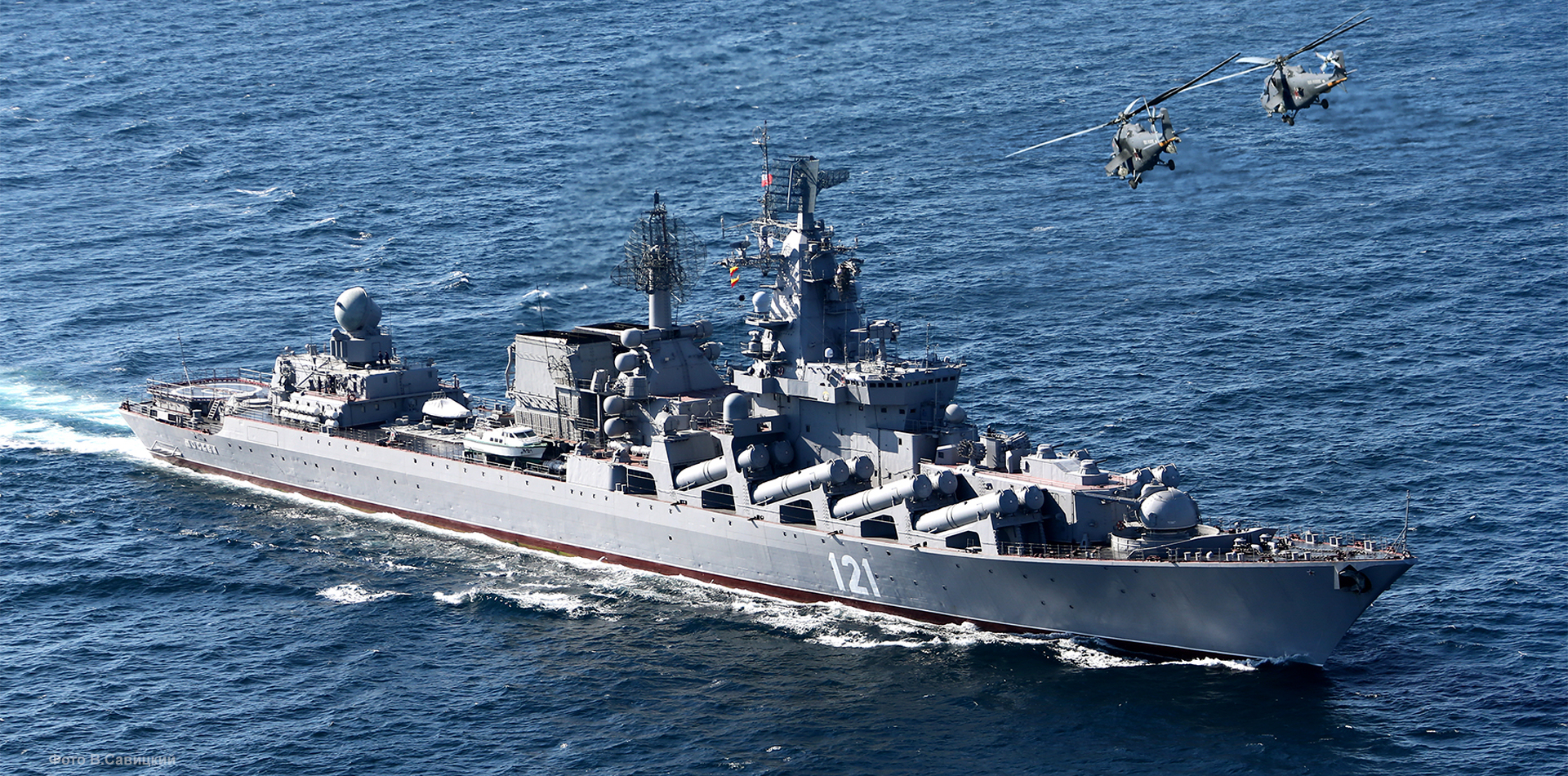
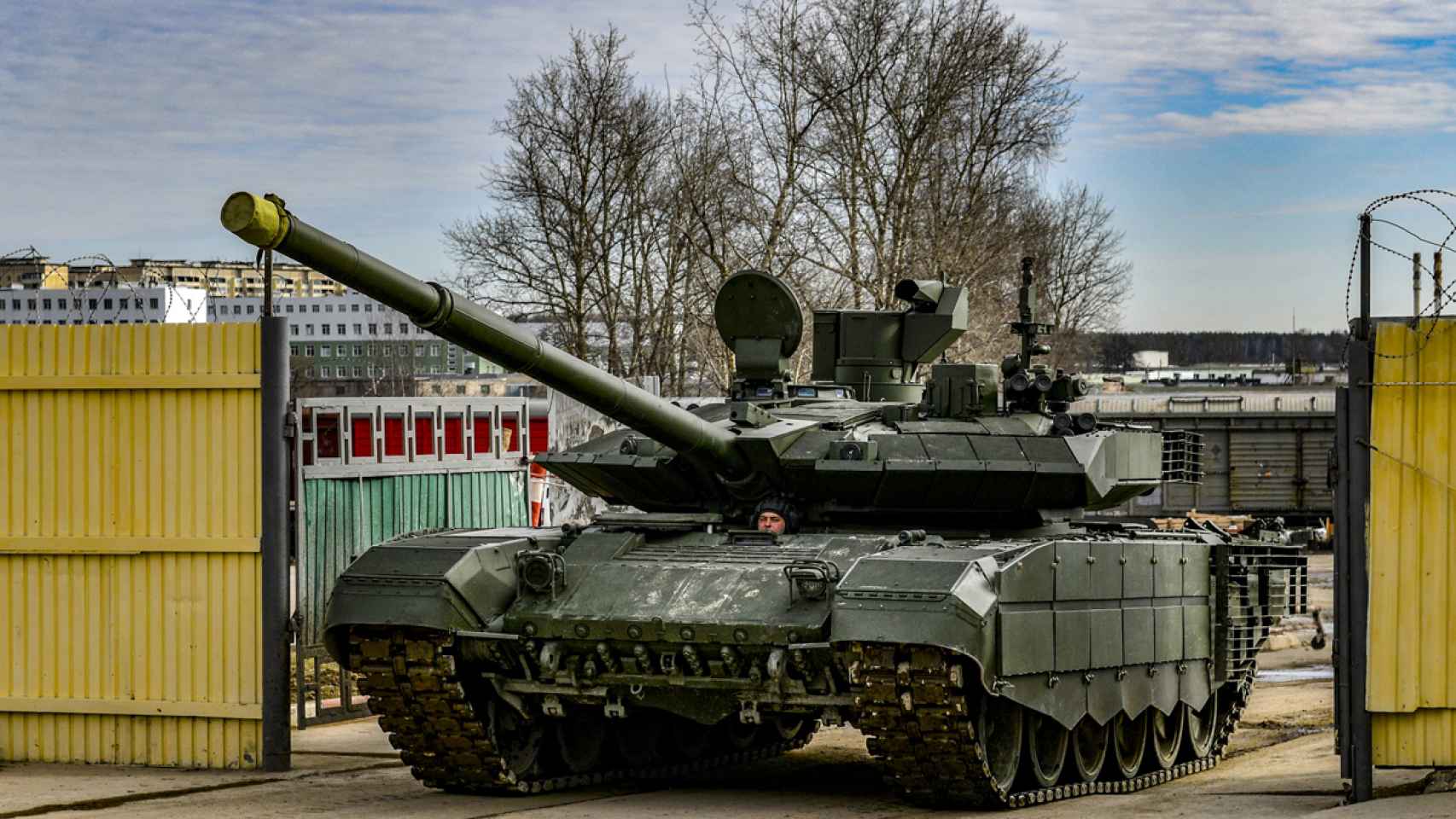
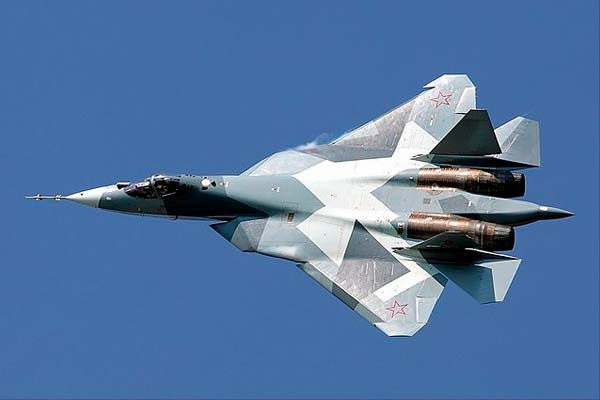




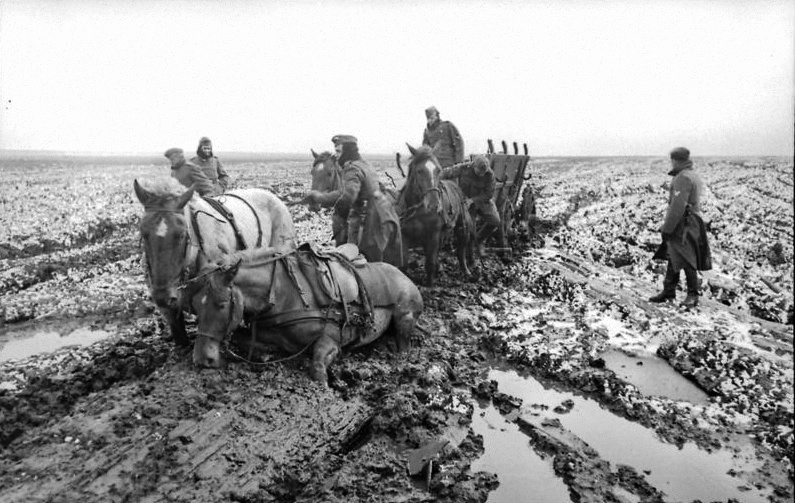 Country wagons moving forward in a huge Russian plain…
Country wagons moving forward in a huge Russian plain…
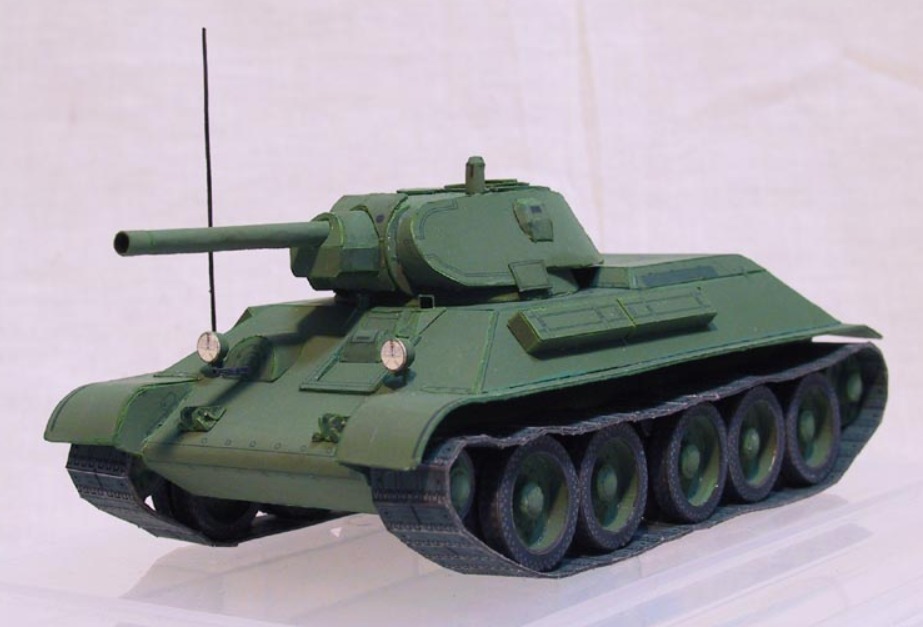
 A Panther from the 11th panzer division circa summer 1943
A Panther from the 11th panzer division circa summer 1943 THEY ALSO COULD BE IRREGULARS.
THEY ALSO COULD BE IRREGULARS. WASTER SOLDIERS.
WASTER SOLDIERS. SOLDIERS DRINKING IN THE JAIL.
SOLDIERS DRINKING IN THE JAIL.